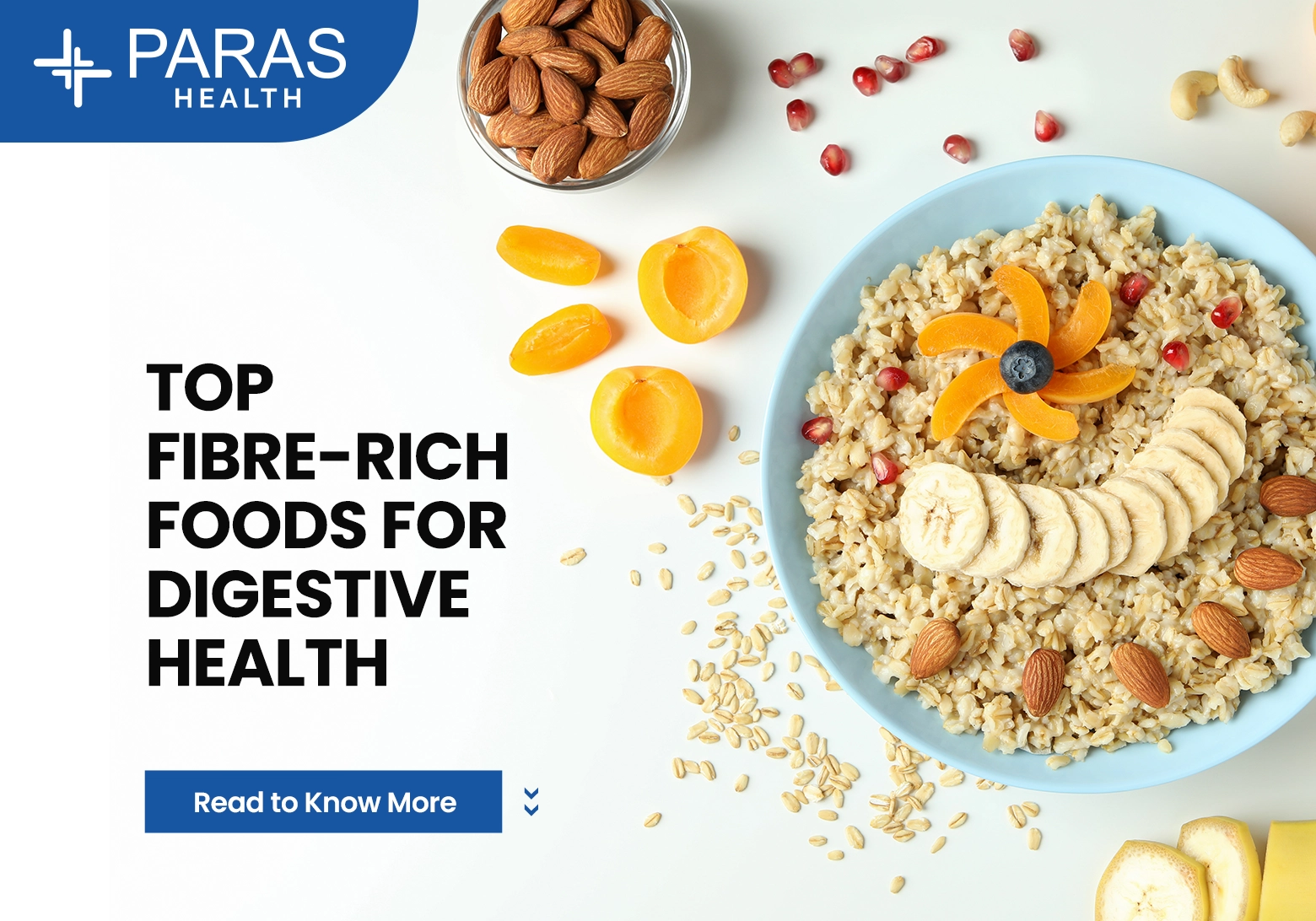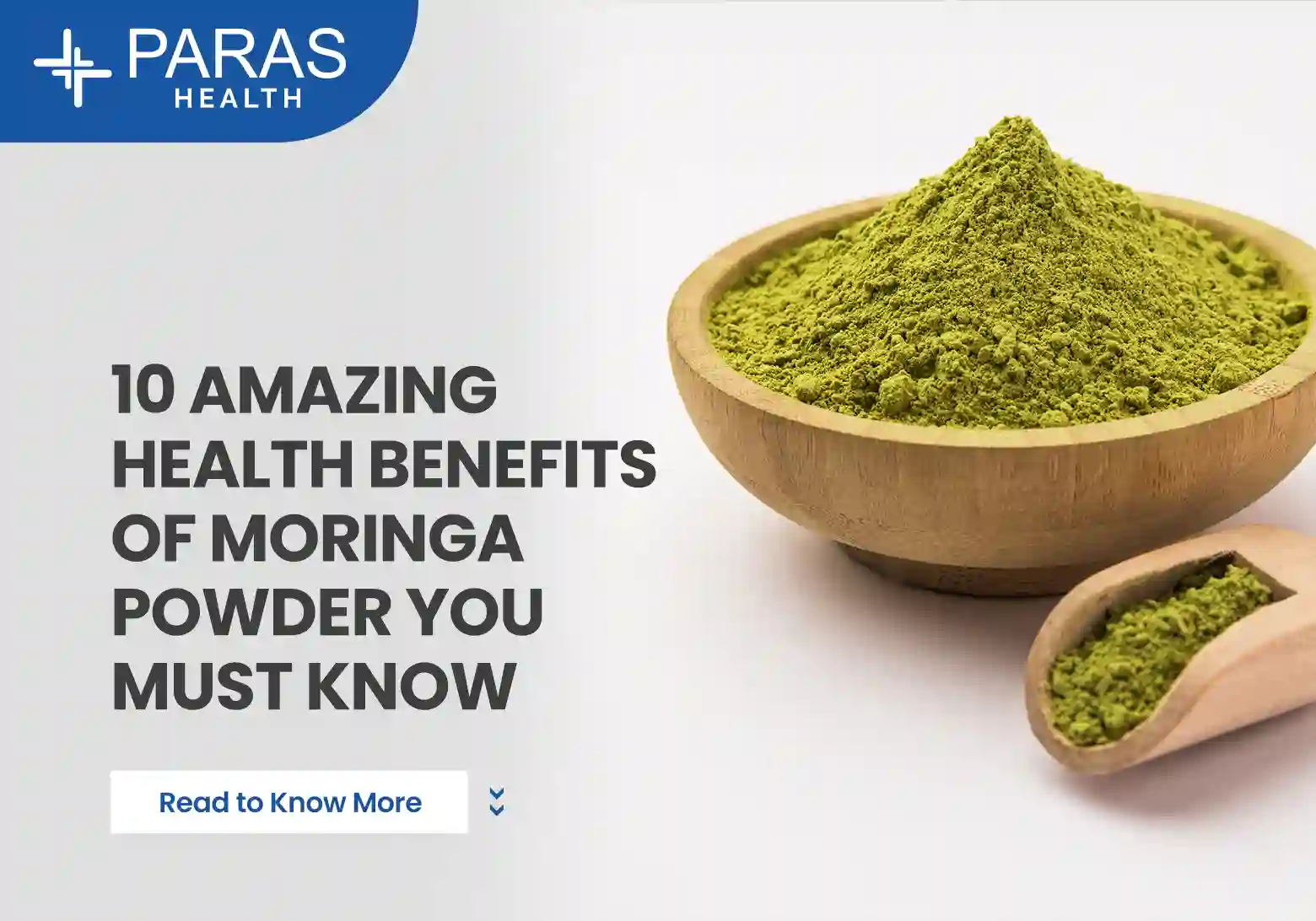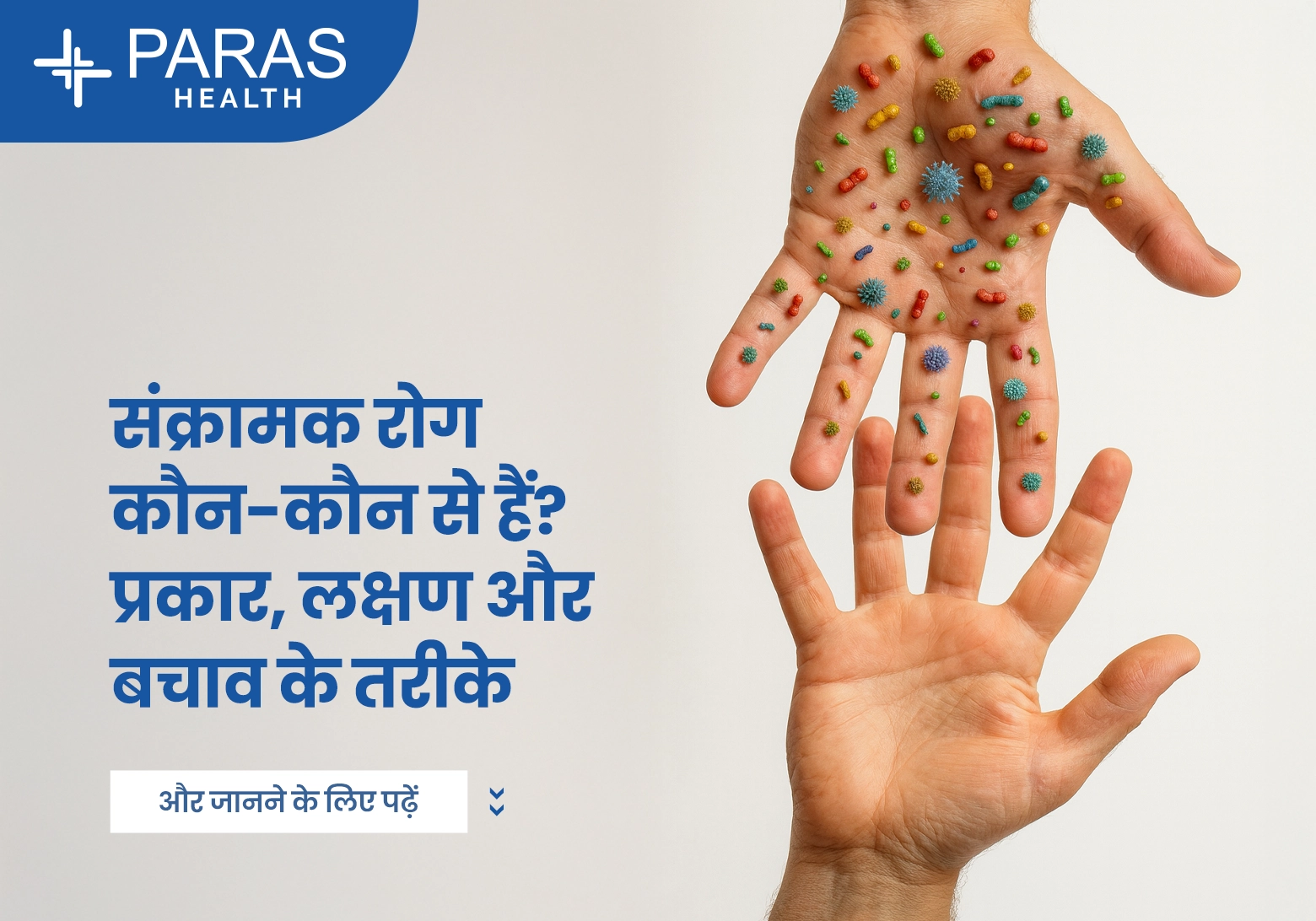Rich Fiber Foods: Complete Guide to Better Digestion and Health
Sep 25, 2025
Introduction
When we talk about healthy eating, we usually hear about protein, vitamins, and minerals. But one vital nutrient that often gets left behind is fiber. Fiber doesn’t give calories or energy like carbs or fats, yet it is a powerhouse for digestion, gut health, and long-term wellness.
Adding rich fiber foods to your daily diet is one of the simplest ways to prevent constipation, improve metabolism, control weight, and protect your heart. In fact, global health bodies like the WHO and American Heart Association strongly recommend a fiber-rich diet for everyone.
In this detailed blog, we’ll explore:
-
What fiber is and how it works
-
Types of dietary fiber
-
Benefits of fiber rich foods
-
Fruits, vegetables, grains, legumes, nuts, and seeds loaded with fiber
-
Daily fiber requirement
-
Sample high-fiber meal ideas
-
Tips to increase fiber intake
-
FAQs and key health facts
What Is Fiber and How Does It Work?
Fiber is a type of carbohydrate found in plants. Unlike sugars and starch, fiber cannot be digested by the human body. Instead, it passes through the stomach and intestines almost intact, acting like a broom that cleans your digestive tract.
Types of Fiber
-
Soluble Fiber
-
Dissolves in water, forming a gel-like substance.
-
Helps lower cholesterol and blood sugar.
-
Found in oats, apples, citrus fruits, beans, barley.
-
-
Insoluble Fiber
-
Does not dissolve in water.
-
Adds bulk to stool, prevents constipation.
-
Found in whole grains, nuts, seeds, carrots, leafy greens.
-
A healthy diet should include both types of fiber, since they work together for digestive and metabolic balance.
Why Are Rich Fiber Foods Important?
Fiber isn’t just about avoiding constipation. It plays a big role in overall health:
-
Smooth Digestion & Regular Bowel Movements: Keeps the digestive system active.
-
Prevents Constipation: Insoluble fiber adds bulk, easing stool passage.
-
Weight Control: High fiber foods make you feel full, reducing cravings.
-
Heart Protection: Soluble fiber lowers LDL (bad cholesterol).
-
Diabetes Management: Slows down sugar absorption, prevents spikes in blood glucose.
-
Gut Microbiome Health: Fiber feeds healthy gut bacteria, boosting immunity.
-
Colon Health: Reduces risk of hemorrhoids and colon cancer.
Daily Fiber Requirement
According to global guidelines:
-
Men (19–50 years): 30–38 grams/day
-
Women (19–50 years): 21–25 grams/day
-
Children (4–18 years): 15–20 grams/day
But studies show most people get only half of what they need. That’s why consciously adding fiber rich foods is so important.
Rich Fiber Foods: Complete List
1. Fruits Rich in Fiber
-
Apples (with skin): 4g per medium apple. Great for digestion.
-
Pears: 5g per medium pear, excellent for constipation relief.
-
Guava: One guava = 9g fiber, one of the richest fruits.
-
Papaya: Softens stool and supports gut cleansing.
-
Bananas: Rich in resistant starch, easy on the stomach.
-
Oranges: Fiber + Vitamin C for immunity.
-
Berries (raspberries, blackberries, blueberries): 5–8g fiber per cup, plus antioxidants.
Pro Tip: Eat whole fruits instead of juice to retain maximum fiber.
2. Vegetables High in Fiber
-
Carrots: Crunchy and rich in insoluble fiber.
-
Broccoli: 5g fiber per cup, cancer-fighting compounds included.
-
Cauliflower: Supports digestion and gut balance.
-
Spinach & Kale: Leafy greens that add fiber + minerals.
-
Sweet Potatoes (with skin): 4g fiber per medium sweet potato.
-
Green Peas: 8g per cup, one of the highest fiber veggies.
Whole Grains and Cereals
-
Oats: 4g fiber per cup cooked, soluble fiber lowers cholesterol.
-
Brown Rice: Higher in fiber compared to white rice.
-
Barley: Excellent for digestion and lowering blood sugar.
-
Millets (ragi, bajra, jowar): Ancient grains rich in fiber and minerals.
-
Whole Wheat: Bread, chapati, and pasta made with whole wheat are much healthier.
4. Legumes and Pulses
Legumes combine fiber + protein:
-
Lentils: 15g fiber per cup cooked.
-
Chickpeas: 12g per cup, good for hummus, salads, and curries.
-
Kidney Beans (rajma): 11g per cup, perfect for digestion.
-
Black Beans: 15g per cup, gut-friendly food.
5. Fiber Rich Dry Fruits, Nuts, and Seeds
-
Almonds: 3.5g fiber per 28g serving.
-
Walnuts: Fiber + Omega-3 for brain and gut health.
-
Raisins: Natural laxative effect.
-
Chia Seeds: 10g fiber per ounce — one of the highest.
-
Flaxseeds: High in insoluble fiber + omega fatty acids.
-
Sunflower Seeds: Easy to snack on for extra fiber.
High Fiber Diet Plan
- Breakfast: Oatmeal with chia seeds + sliced banana
- Mid-Morning Snack: Apple with skin + handful of almonds
- Lunch: Brown rice, dal (lentils), spinach curry, salad
- Evening Snack: Sprouts chaat with cucumber and carrots
- Dinner: Whole wheat chapati, broccoli sabzi, bowl of curd
- Before Bed: Papaya or guava slices
This diet alone provides 30–35 grams of fiber in one day.
Tips to Add More Fiber Easily
-
Switch to whole grain bread, pasta, and rice.
-
Add a salad to lunch and dinner.
-
Snack on nuts, seeds, and roasted chickpeas.
-
Eat fruits with skin (apple, pear, guava).
-
Try ancient grains like millets in place of refined flour.
-
Drink 8–10 glasses of water daily — fiber works best with hydration.
Key Facts & Sources
-
World Health Organization (WHO): Recommends 25–30g fiber per day to lower risk of chronic diseases.
-
Centers for Disease Control and Prevention (CDC): 90% of adults in the U.S. eat less fiber than recommended.
-
Harvard School of Public Health: High fiber diets reduce cholesterol, stabilize blood sugar, and aid weight management.
-
Indian Council of Medical Research (ICMR): Advises 25–30 grams of daily fiber for Indian adults, highlighting legumes and millets as key sources.
Conclusion
Adding rich fiber foods to your meals is one of the simplest and most effective ways to boost your health. From keeping your digestion smooth to managing weight, reducing cholesterol, and even supporting glowing skin, fiber is a true super nutrient.
Start small: replace refined foods with whole grains, snack on nuts, add one extra fruit, and drink plenty of water. Within weeks, you’ll notice better digestion, more energy, and a healthier body.
FAQs
What are rich fiber foods?
They are foods like fruits, vegetables, grains, legumes, nuts, and seeds that provide 3–10 grams of fiber per serving for better digestion.
Which fruits are high in fiber?
Apples, pears, guava, papaya, oranges, and berries are excellent fiber fruits that improve digestion and prevent constipation naturally.
What vegetables have the most fiber?
Broccoli, carrots, cauliflower, sweet potatoes, peas, and leafy greens are the best vegetables rich in fiber for gut health.
Which grains are rich in fiber?
Oats, barley, brown rice, whole wheat, and millets are high fiber grains that support digestion and lower cholesterol.
Are nuts and seeds good fiber sources?
Yes, almonds, walnuts, chia seeds, flaxseeds, and sunflower seeds are rich in fiber and also supply healthy fats for energy.
What foods help with constipation?
Papaya, guava, oats, sprouts, and leafy vegetables are natural high fiber foods for constipation relief.
How much fiber should I eat daily?
Adults need 25–35 grams of fiber daily, while children need 15–20 grams depending on age and activity levels.
Is oatmeal a high fiber food?
Yes, oats are among the best soluble fiber foods that lower cholesterol and keep digestion smooth and regular.
Can fiber foods help in weight loss?
Yes, high fiber foods keep you full longer, reduce overeating, and help in managing weight without strict dieting.
Which Indian foods are rich in fiber?
Whole wheat chapati, brown rice, lentils, chickpeas, guava, and millets are some of the best Indian fiber foods for digestion.










